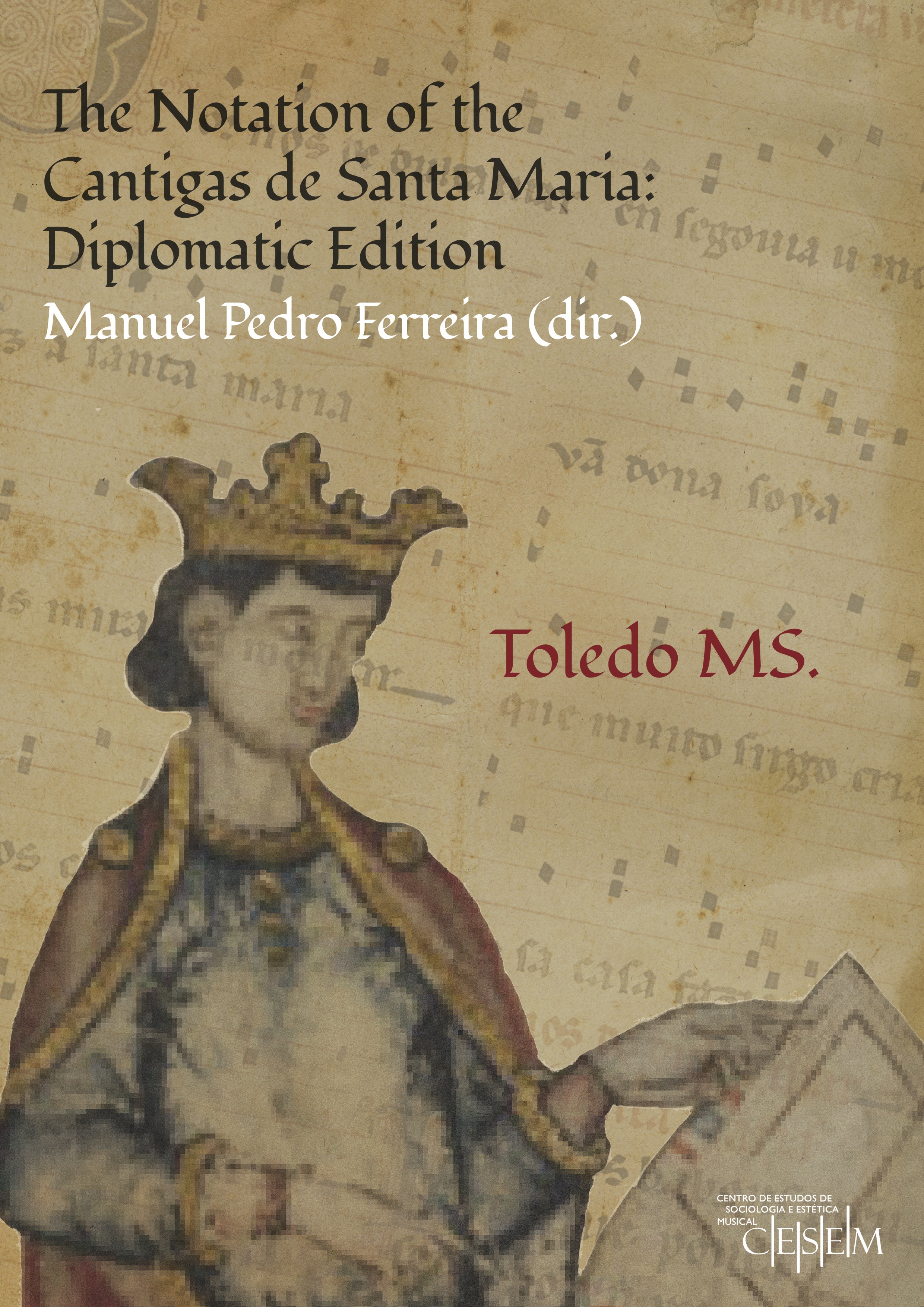The Digital Library of Old Spanish Texts (DOSL) is a repository of more than 300 medieval Spanish texts (more than 20 million words) with access to full texts, indexes and concordances.
In the early-70s the Hispanic Seminary of Medieval Studies (HSMS), led by Lloyd A. Kasten and John J. Nitti, then professors of Spanish and Portuguese at the University of Wisconsin-Madison, began using computers as an important tool for the compilation of dictionaries and the analysis of texts. Their main project, the Dictionary of the Old Spanish Language (DOSL), that had rejected the use of editions of medieval texts as the source material, demanded that the primary sources were as free from editorial bias as possible, and making thus necessary the creation of a data bank with the machine-readable transcriptions of all the texts that could eventually be incorporated into the dictionary.
In 1978 the HSMS published on microfiche The Concordances and Texts of the Royal Scriptorium Manuscripts of Alfonso X, the first of the Texts and Concordances series which, throughout the years, has added to the DOSL archives a large number of additional texts-close to 500 at last count. Almost two decades later, in 1997, the Texts and Concordances began to be published in CD-ROM, and although the new physical support allowed for easier access to the transcriptions—dedicated microfiche readers were no longer needed-the texts and concordances were still non—interactive flat files that didn’t allow scholars to take full advantage of their possibilities.
In 2005, the HSMS began exploring the possibility of offering all of its textual archives in an online format that, while preserving the original structure, allowed for a truly interactive access to the texts, indexes and concordances. The result of all this, is the Digital Library of Old Spanish Texts, launched in 2011 with the publication of the Prose Works of Alfonso X el Sabio.
Since 2005 ten additional corpora have been added to the Digital Library of Old Spanish Texts:
-
Prose Works of Alfonso X el sabio (21 texts / 3,334,643 tokens)
-
Spanish Medical Texts (58 texts / 2,687,153 tokens)
-
Navarro-Aragonese Texts (52 texts / 3,755,778 tokens)
-
Spanish Legal Texts (66 texts /3,260,918 tokens)
-
Spanish Biblical Texts (19 texts / 4,936,036 tokens)
-
Spanish Poetic Texts (37 texts / 1,094,260 tokens)
-
Early Celestina Texts (21 texts / 1,277,649 tokens)
-
Spanish Chronicle Texts (49 texts / 7,036,013 tokens)
-
Lazarillo de Tormes (1554) Texts (4 texts / 75,214 tokens)
-
Fuero general de Navarra Texts (19 texts / 402,275 tokens)
- Colonial Texts (20 texts / 778,335 tokens)
For more information about medieval Spanish texts:
- Bibliography of Old Spanish Texts (Faulhaber et al. 1984)
- BETA: Bibliografía Española de Textos Antiguos (Faulhaber et al. webpage)
- La literatura perdida de la Edad Media castellana (Deyermond, 1995)
